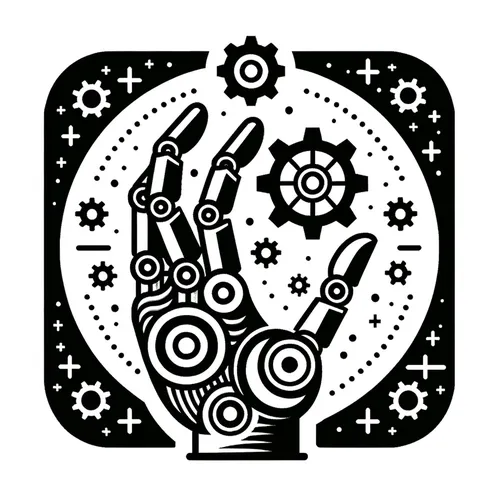Robots Rising: AI Sparks Workplace Revolution! 🤖💼🚀 #IndustrialAutomation #CobotsUnleashed
- Author
- Quiet. Please
- Published
- Sun 15 Jun 2025
- Episode Link
- https://www.spreaker.com/episode/robots-rising-ai-sparks-workplace-revolution-industrialautomation-cobotsunleashed--66563562
This is you Robotics Industry Insider: AI & Automation News podcast.
Driving the robotics and automation industry into the week of June 16, 2025, a surge of innovation and investment is transforming industrial workflows and redefining what is possible on factory floors worldwide. The industrial automation market is booming, now estimated at over 256 billion US dollars and on track to surpass 569 billion by 2034, growing at an annual rate of more than nine percent. Central to this growth is the increasingly seamless integration of artificial intelligence into industrial robots, which is driving unprecedented operational gains and reshaping worker roles.
Recent studies reveal that seventy percent of US workers now welcome robots in the workplace, recognizing their pivotal role in addressing labor shortages and elevating safety by taking over hazardous or repetitive tasks. Notably, US robot density is rising but still trails China, where the ratio recently reached 470 robots per ten thousand workers compared to 295 in the United States. This gap underscores a significant opportunity for US manufacturers, especially as government and industry push to reshore production in response to global supply chain pressures.
Breakthroughs showcased at the recent Automate and Automatica events highlight a shift toward AI-powered collaborative robots, or cobots. Companies such as RealMan Robotics and Omron have introduced modular, AI-enabled robotic arms and platforms capable of rapidly adapting to complex assembly and packaging tasks. Meanwhile, ABB’s new sustainable painting systems and Boston Dynamics’ expanded deployment of vision-equipped robots in logistics demonstrate how automation enhances both efficiency and environmental stewardship. The Renault Group’s partnership with Wandercraft further exemplifies how robotics startups are accelerating industrial adoption.
On the technical front, collaborative robots are evolving to feature advanced perception and motion control, making them safer and easier to deploy alongside human workers. AI-driven analytics now power predictive maintenance, quality assurance, and real-time workflow optimization, helping factories reduce downtime and increase output. These trends are not limited to manufacturing; autonomous drones and robots are also revolutionizing warehousing and last-mile delivery, as seen in the latest logistics partnerships.
For industry leaders, the practical takeaway is clear: rapid investment in automation, upskilling to manage and collaborate with AI systems, and close monitoring of new AI tools are now essential to remain competitive. Over the coming years, expect robots to become even more adaptive, collaborative, and central to industrial strategy, as artificial intelligence unlocks higher-order decision-making, and automation technologies further blend physical and digital workforces.
For more http://www.quietplease.ai
Get the best deals https://amzn.to/3ODvOta
